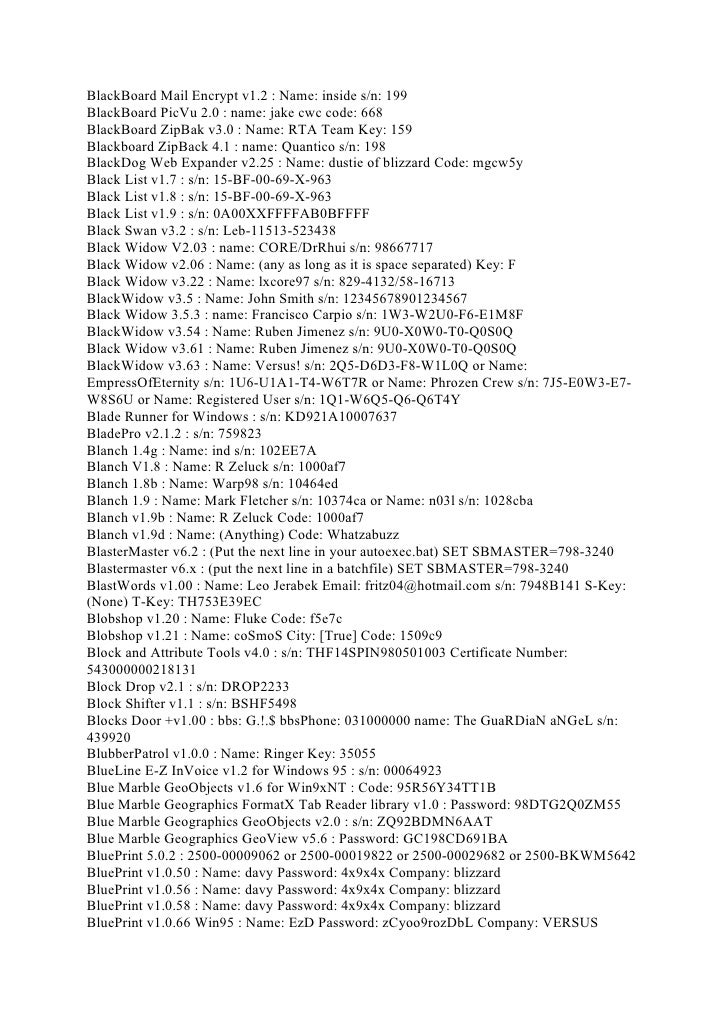
Cd Check 3 1 14 0 Serial Number
3.1 Overview of Server Diagnostics You can use a variety of diagnostic tools, commands, and indicators to monitor and troubleshoot a server: • LEDs - Provide a quick visual notification of the status of the server and of some of the FRUs. • ALOM CMT firmware - This system firmware runs on the system controller. In addition to providing the interface between the hardware and OS, ALOM CMT also tracks and reports the health of key server components. ALOM CMT works closely with POST and Solaris Predictive Self-Healing technology to keep the system up and running even when there is a faulty component. • Power-on self-test (POST) - POST performs diagnostics on system components upon system reset to ensure the integrity of those components.
Check the sticker label on the top side or the bottom side of the motherboard. The serial number is listed below the barcode. Check the sticker label on the side of the package box. The serial number is listed after the word “Serial No,” “SSN,” “S/N,” or “SN.” Notebook & Eee PC Check.
POST is configureable and works with ALOM CMT to take faulty components offline if needed. • Solaris OS Predictive Self-Healing (PSH) - This technology continuously monitors the health of the CPU and memory, and works with ALOM CMT to take a faulty component offline if needed. Smart pixel keygen serial. The Predictive Self-Healing technology enables systems to accurately predict component failures and mitigate many serious problems before they occur. • Log files and console messages - Provide the standard Solaris OS log files and investigative commands that can be accessed and displayed on the device of your choice. • SunVTS - An application that exercises the system, provides hardware validation, and discloses possible faulty components with recommendations for repair.
The LEDs, ALOM CMT, Solaris OS PSH, and many of the log files and console messages are integrated. For example, a fault detected by the Solaris software displays the fault, logs it, passes information to ALOM CMT where it is logged, and depending on the fault, might light one or more LEDs. The diagnostic flow chart in and describes an approach for using the server diagnostics to identify a faulty field-replaceable unit (FRU).
The diagnostics you use, and the order in which you use them, depend on the nature of the problem you are troubleshooting, so you might perform some actions and not others. The flow chart assumes that you have already performed some troubleshooting such as verification of proper installation, and visual inspection of cables and power, and possibly performed a reset of the server (refer to the Sun Fire T2000 Server Installation Guide and Sun Fire T2000 Server Administration Guide for details). Is a flow chart of the diagnostics available to troubleshoot faulty hardware. Has more information about each diagnostic in this chapter. FIGURE 3-1 Diagnostic Flow Chart TABLE 3-1 Diagnostic Flowchart Actions Action No. Diagnostic Action Resulting Action For more information, see these sections 1. Check Power OK and AC OK LEDs on the server.